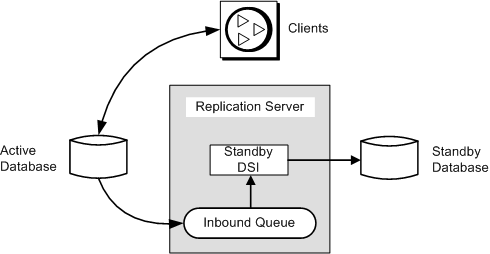Figure 3-4 illustrates a warm standby application for a database that does not participate in the replication system other than through the activities of the warm standby application itself. Figure 3-4 represents the warm standby application in normal operation, before you switch the active and standby databases.
Figure 3-4: Warm standby application example—before switching

Figure 3-4 adds internal detail to Figure 3-1, to show that:
Replication Server writes transactions received from the active database into an inbound message queue.
See “Distributed concurrency control” on page 50 in the Replication Server Administration Guide Volume 1 for more information about inbound and outbound queues.
This inbound queue is read by the DSI thread for the standby database, which executes the transactions in the standby database.
Messages received from the active database cannot be truncated from the inbound queue until the standby DSI thread has read them and applied them to the standby database.
In this example, transactions are simply replicated from the active database into the standby database. The logical database itself does not:
Contain primary data that is replicated to replicate databases or remote Replication Servers, or
Receive replicated transactions from another Replication Server
See “Warm standby applications using replication” for information about warm standby applications for a primary or replicate database.